| Sometimes the demand takes you by surprise |
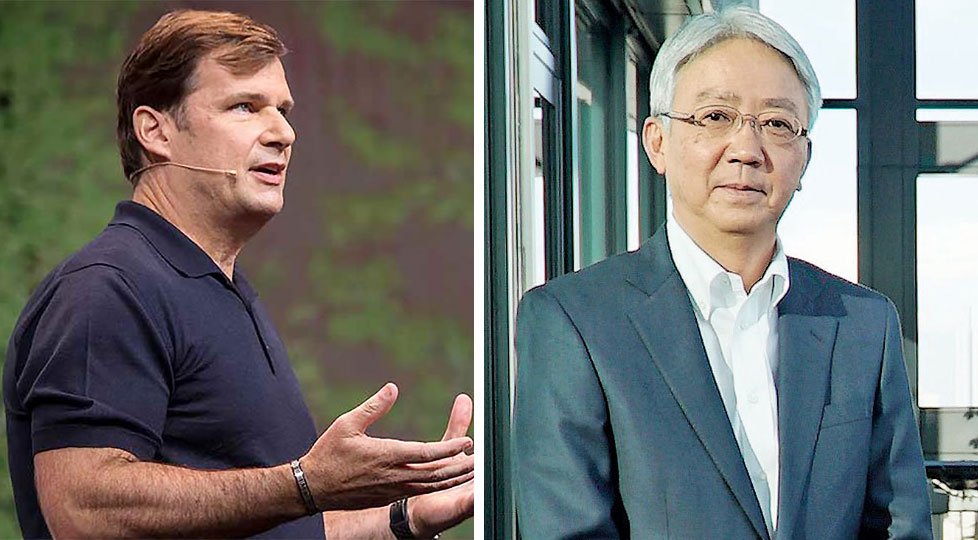
Ford and Subaru are remarkably different automakers without a whole lot in common. One is American, one is Japanese. One is a truck giant, the other is not.
But in exclusive in-depth interviews with us that we share this week, their CEOs tell us that they’re both dealing with the same phenomenon: Both companies are witnessing powerful demand that they are scrambling to cope with.
For Subaru, a small global player with a big American following, that demand is manifesting itself as an operating challenge. Subaru is selling more vehicles than it can make. Due to the chronic industry-wide microchip shortage, Subaru’s back orders of vehicles are climbing monthly, CEO Tomomi Nakamura tells us with great transparency.
“In a normal situation, sold orders are around 5,000 to 6,000 units. It’s currently around 45,000 units,” Nakamura explains. “And each month, we’re seeing about a 10,000-unit increase.”
What to do?
The only thing it can do — keep on building everything it can and learn more efficient ways to get vehicles from assembly lines to customer driveways until this thing blows over.
Ford CEO Jim Farley has had to cope with the same supply chain disorder, of course. But the demand that’s currently wowing Ford is rising U.S. consumer interest in electric vehicles.
“Demand is two to three times what we expected,” Farley admits. “And so that capacity had to be doubled – probably tripled if we could, but we can’t.”
In other words, it is striking while the iron is hot. For starters, Ford has committed $5.6 billion to build an EV project it calls Blue Oval City in Stanton, Tenn. And in a separate story this week, we tell you what an economic jolt that project is going to bring to a multi-state region there.
The industry is full of surprises lately. Surely every CEO out there is holding tight to the steering wheel.
 |
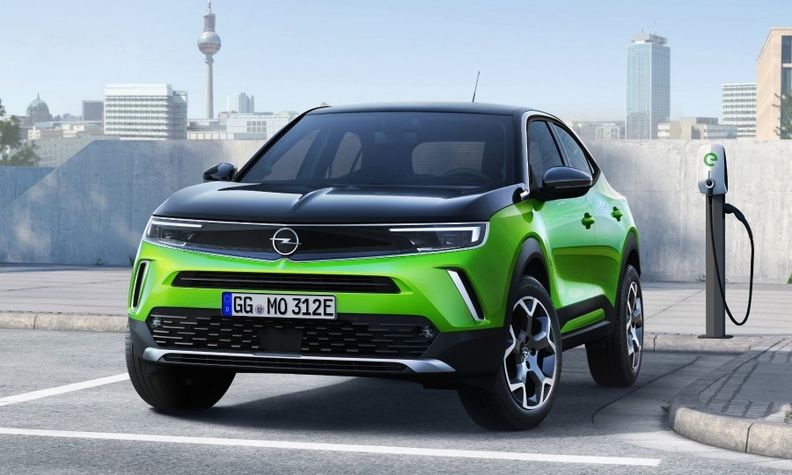
 |
In Monday’s Automotive News:
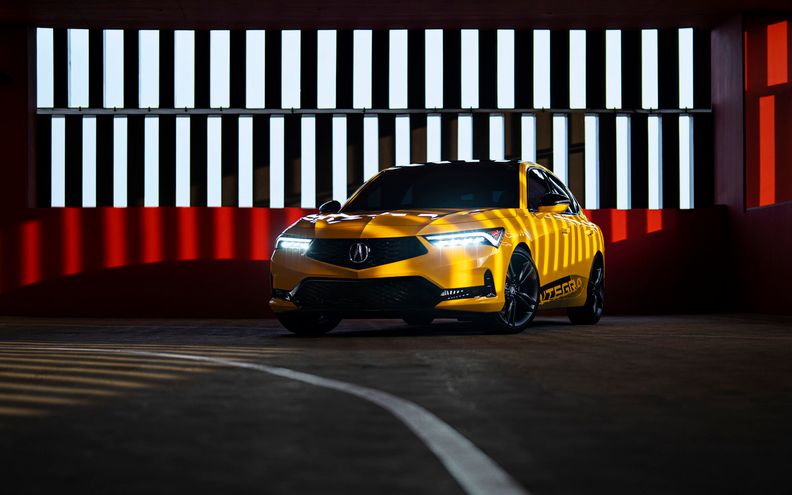
Transforming Acura: American Honda’s Acura Division is undergoing a thorough reboot of its lineup, starting with the introduction of the Integra compact hatchback next year. The Integra will be the last of Acura’s new internal combustion engine models as it starts its remake as an electric brand. Emile Korker, Acura vice president of sales, tells Automotive News that the luxury brand will move faster than Honda Division in rolling out electric vehicles. He also plans to coordinate with dealers and adjust Acura’s sales process to move more of it online. We examine Honda’s big plans for Acura’s future.

F&I in 2022 and beyond: Automotive News looks at what dealership F&I managers could face in the coming months and years, such as compliance with increased federal regulation and oversight, including new changes to Safeguards Rule regulation; selling auto insurance out of the F&I office; implementing artificial intelligence technology into loan decisions; and dealing with EVs — from protection products to residual values.
Weekend headlines
VinFast plans U.S. IPO late next year: The EV maker is working with banks to prepare for an offering that would make it one of the first Vietnamese companies to be traded in the U.S.
 |
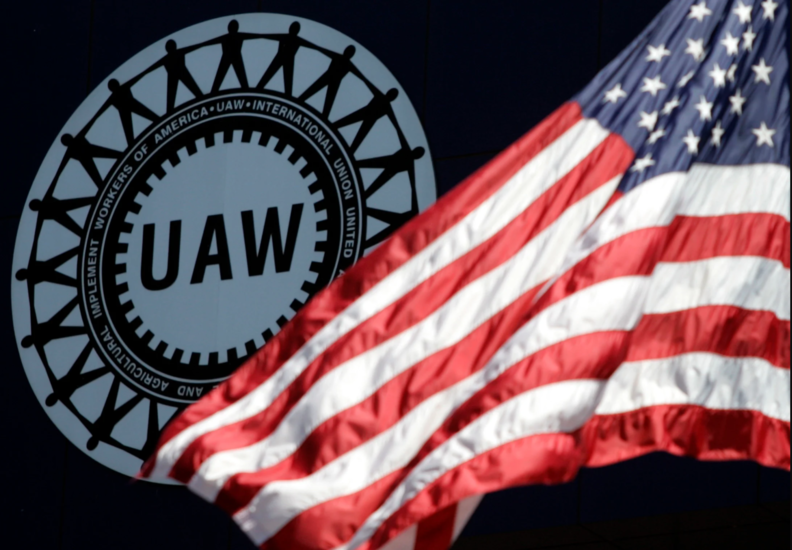
UAW members vote for direct election of leaders: The court-appointed monitor overseeing the union said 63.7 percent of those who voted were in favor of adopting the “one member, one vote” system. Under current practice, the UAW’s top officers are often nominated by what’s known as the Reuther Administrative Caucus, and they usually sail to victory in the quadrennial election with little to no opposition from challengers.
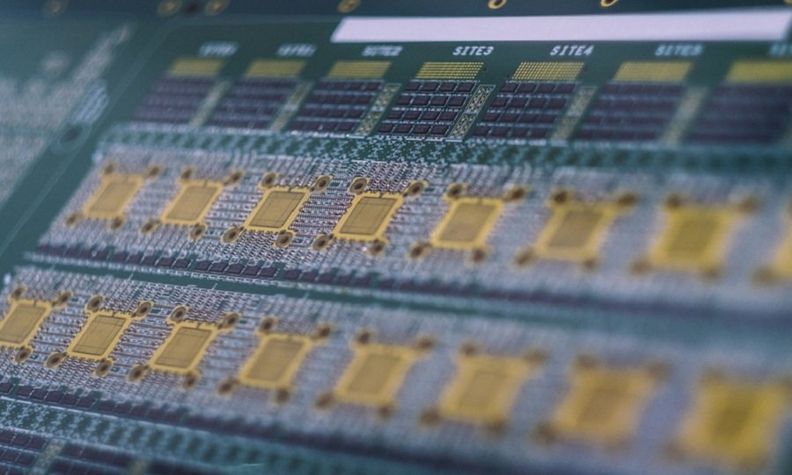
GM hikes profit outlook: More stability in chip supply, strong consumer demand and higher vehicle prices led the automaker to raise its full-year forecast. General Motors now expects adjusted pretax profit for 2021 will reach about $14 billion, up from previous guidance of $11.5 billion to $13.5 billion. CFO Paul Jacobson cautioned that supplies of semiconductors, and GM’s vehicle production, won’t get back to normal until late 2022.

Tesla’s move to Texas official: The EV maker has officially said goodbye to California and howdy to Texas, saying in a U.S. Securities and Exchange Commission filing that the corporate headquarters are now at the Gigafactory in Austin. CEO Elon Musk announced the move at Tesla’s annual shareholders meeting in October without giving a timeline.
<!–*/ */ /*–>*/
 |
|
|---|
 |
 |
A selection from Daily Drive:
 |
Dec. 5, 1996: General Motors launched the pioneering EV1 electric car. It built 1,117 of them from 1996 to 1999. Most were crushed after GM discontinued the experimental program and repossessed the cars, citing a lack of serviceability and parts.



